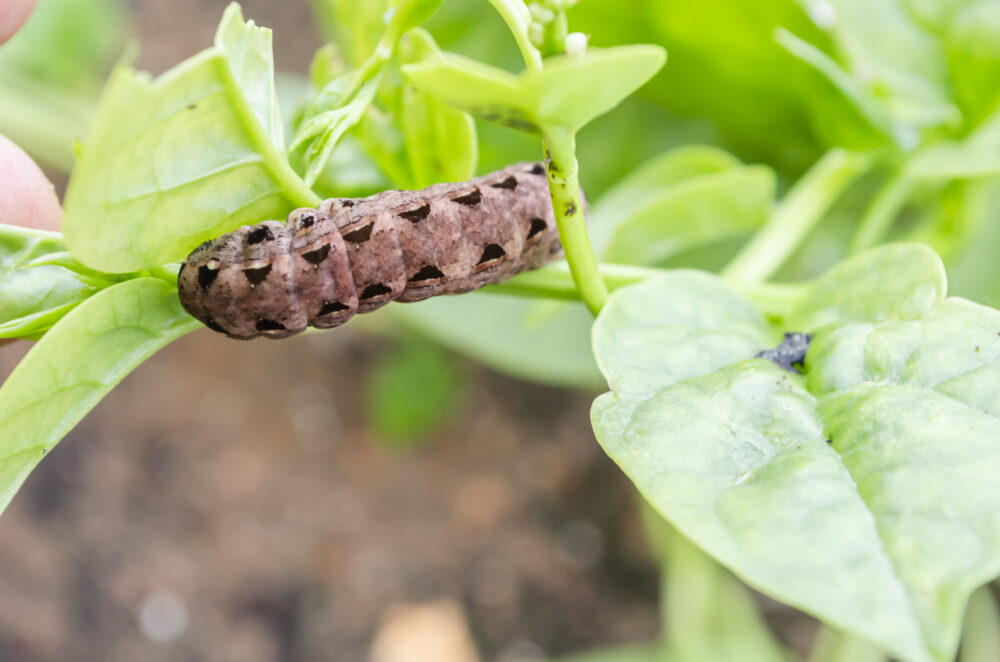Grub vs. Chinch Bug vs. Armyworm: Identifying Your Lawn’s Real Enemy
How to Tell Which Lawn Pest Is Destroying Your Texas Grass
When your once-pristine lawn starts showing brown patches, wilting grass, or mysterious bare spots, you’re likely dealing with one of three common culprits: grubs, chinch bugs, or armyworms. At Abracadabra Lawn Pest & Weed Control, we’ve spent years helping homeowners across Texas identify and eliminate these destructive pests that can turn a beautiful lawn into a nightmare practically overnight.
Our team understands that proper identification is the first critical step in effective pest management. Each of these insects causes distinct damage patterns, appears at different times of the year, and requires targeted treatment approaches. With our expertise in Texas lawn care and integrated pest management, we’ve developed proven strategies to not only eliminate current infestations but also prevent future outbreaks. We know how quickly these pests can spread when left untreated.

Why Accurate Pest Identification Matters
Misidentifying these pests leads to ineffective treatments, wasted money, and continued lawn damage. Chinch bugs suck sap from grass blades, armyworms chew through foliage, and grubs attack roots underground. Each pest requires specific treatment timing and methods, making proper identification essential for protecting your investment.
Grubs: The Underground Root Destroyers
What They Are: These fat, C-shaped larvae of beetles (Japanese beetles, June bugs) feed on grass roots, literally severing the connection between your grass and soil.
When They Strike: Peak activity occurs May through August in Texas when soil temperatures exceed 60°F. Damage appears from mid-September to November or March to early May.
Identifying Grub Damage:
- Spongy lawn texture that feels loose underfoot
- Brown patches that peel away like carpet when you tug on them
- Increased wildlife activity as birds, skunks, and moles dig for grubs
Detection Test: Dig up a one-square-foot section. More than 5-10 white, C-shaped grubs in the top 2-3 inches indicates infestation.
Chinch Bugs: The Sap-Sucking Lawn Killers
What They Are: Tiny insects that suck plant juices and inject toxins that prevent grass from absorbing water, causing drought-like symptoms even with adequate irrigation.
When They Strike: Most active when temperatures exceed 70°F, with peak damage during July and August. They particularly target St. Augustine and Zoysia grasses common in Texas.
Identifying Chinch Bug Damage:
- Irregular yellow and brown patches expanding from sunny areas
- Crispy, dried-out grass that doesn’t improve with watering
- Damage typically starts near sidewalks and heat-reflecting surfaces
Detection Test: Part grass in affected areas to find tiny (1/6 inch) black and white insects with triangular wing markings.
Armyworms: The Nighttime Grass Destroyers
What They Are: Caterpillars that “march” across lawns in groups, earning their military nickname. They’re actually moth larvae that migrate north annually.
When They Strike: Peak season runs July through September in Texas, with multiple generations possible. They feed heavily at night and during early morning hours.
Identifying Armyworm Damage:
- Circular bare spots appearing mowed too short
- “Skeletonized” grass blades with transparent, chewed appearance
- Ragged, eaten edges on grass blades
Detection Test: Pour soapy water (3 tablespoons dish soap per gallon) over suspected areas. Armyworms surface within 10 minutes. Look for 1-2 inch caterpillars with white “Y” markings on their heads.
Our Professional Treatment Approach
Immediate Response: Our certified technicians perform comprehensive lawn inspections to accurately identify the specific pest and assess infestation levels through field testing and damage pattern analysis.
Targeted Treatments: Each pest requires different approaches. Grub treatments focus on preventive applications during June-July. Chinch bug control uses systemic insecticides on affected perimeters. Armyworm treatments require fast-acting contact insecticides during active feeding periods.
Long-term Prevention: We address underlying conditions making lawns vulnerable, including irrigation scheduling, soil health improvement, and maintaining beneficial insect populations for natural pest control.
The Cost of Delayed Treatment
Early intervention typically costs a fraction of lawn replacement. Severe grub damage destroys root systems requiring complete resodding. Armyworm infestations can consume entire lawns within days. Chinch bug damage spreads rapidly in Texas heat, potentially affecting neighboring properties.
Professional treatment during early infestation stages allows grass recovery without replacement, protecting your property value and curb appeal in competitive Texas neighborhoods.
Ready to identify and eliminate your lawn’s real enemy? Don’t let grubs, chinch bugs, or armyworms destroy your beautiful Texas lawn. Contact Abracadabra Lawn Pest & Weed Control today for professional pest identification and targeted treatment solutions. Our experienced team serves Dallas-Fort Worth communities with proven results and guaranteed satisfaction. Call us now for your free lawn inspection and customized treatment plan!


